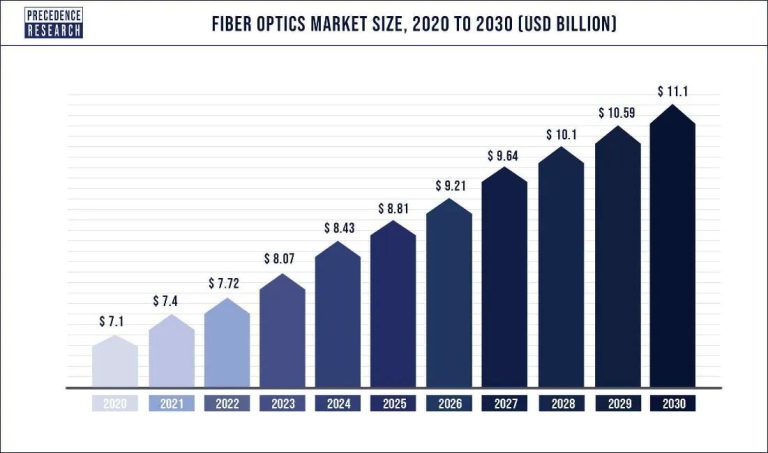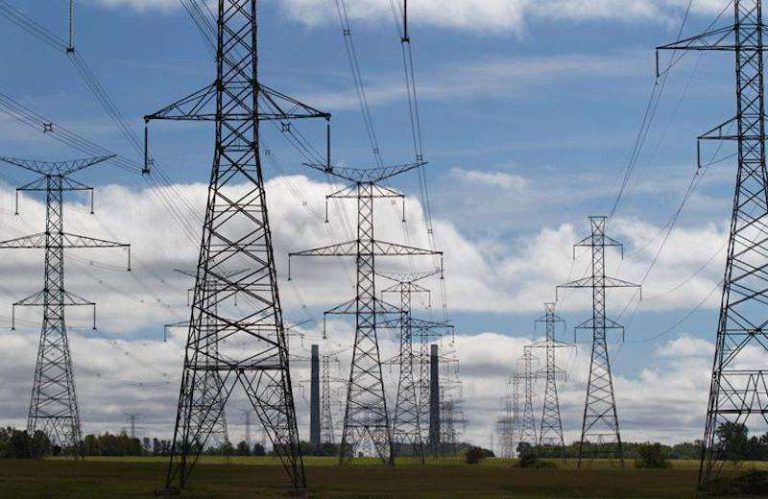Understanding Optical Cable Aging, Reliability, and Lifetime Assessment
Optical cables are the backbone of modern communication networks, delivering high-speed data across vast distances. Ensuring their longevity and reliability is crucial for maintaining uninterrupted service. This article delves into the factors influencing optical cable aging, methods to assess their reliability, and approaches to estimate their service life.
Factors Influencing Optical Cable Aging
The degradation of optical cables over time is influenced by various environmental and operational factors:
- Mechanical Stress: Excessive tensile strain during installation or operation can accelerate fiber breakage.
- Temperature Variations: Frequent temperature fluctuations can cause expansion and contraction, leading to material fatigue.
- Environmental Conditions: Exposure to UV radiation, moisture, and chemicals can degrade cable materials.
- Bending Radius: Tight bends can introduce microbends in fibers, increasing attenuation and reducing lifespan.
Methods for Assessing Optical Cable Reliability
To ensure optical cables meet performance standards over their expected lifespan, several testing methods are employed:
- Accelerated Aging Tests: Simulate prolonged environmental conditions to predict long-term performance. For instance, OFS designs cables with a projected 40-year lifespan under typical conditions.
- Mechanical Testing: Evaluates the cable’s resistance to tensile, compressive, and impact forces.
- Optical Performance Monitoring: Uses tools like Optical Time-Domain Reflectometers (OTDR) to detect faults and assess signal integrity.
- Material Analysis: Techniques such as Fourier Transform Infrared (FTIR) spectroscopy are used to analyze the chemical composition of cable materials and detect aging-related changes.
Predicting Optical Cable Lifetime
Estimating the remaining useful life (RUL) of optical cables is essential for proactive maintenance and replacement planning:
- Statistical Models: Utilize historical data and failure rates to predict the probability of cable failure over time.
- Machine Learning Approaches: Advanced models, such as the Autoformer, analyze time-series data to forecast cable degradation under varying environmental conditions.
- Field-Aging Studies: Long-term deployment tests provide real-world data on cable performance and aging patterns.
Conclusion
The reliability and longevity of optical cables are paramount for the seamless operation of communication networks. By understanding the factors that contribute to cable aging and employing robust assessment and prediction methods, manufacturers and operators can ensure optimal performance and timely maintenance of their optical infrastructure.
ZTO Cable is committed to providing reliable and durable optical cable solutions for various applications. By understanding cable aging, monitoring performance, and applying advanced lifetime assessment methods, our products help ensure stable and long-lasting network operation. Whether for 5G, FTTH, or industrial networks, explore our Fiber Optic Cables or FTTA Solutions to find the right solution for your project and contact us today to discuss your requirements.



